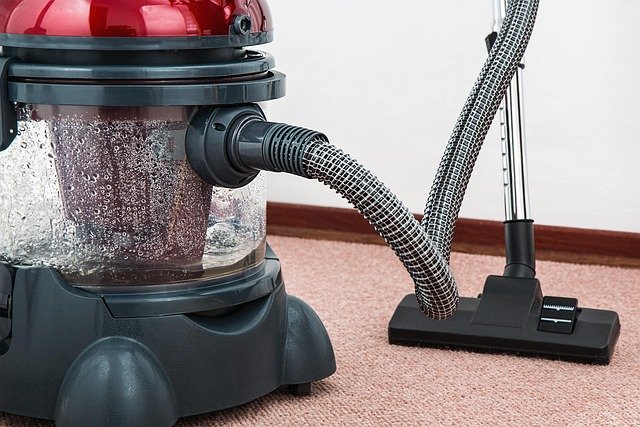When Tack and Texture Improve Dust Removal: Material Considerations
Cleaning putty-style products rely on a balance of tack and texture to lift dust and particles from surfaces. Understanding how those physical properties interact with different materials helps you choose suitable options for keyboards, electronics, and delicate finishes. This article examines compatibility, static risks, maintenance, storage, disposal, and travel considerations to improve cleaning outcomes and preserve items.

How does tack and texture work on keyboards?
Keyboards collect dust, crumbs, and microscopic particles in the gaps between keys, and the tacky surface of a cleaning gel can adhere to those contaminants. The gel’s texture needs enough stickiness to pick up debris without leaving residue on plastic or painted keycaps. For mechanical keyboards with exposed switches, avoid overly aggressive gels that can leave film on contacts. Gels designed for electronics typically have a balanced adhesion that captures particles from surfaces and crevices while being pliable enough to conform to uneven key profiles without tearing or leaving deposits.
Is cleaning gel safe for electronics and surfaces?
Safety depends on composition and compatibility with materials. Some gels are solvent-free and do not off-gas harmful compounds; others include softeners or light solvents that can affect plastics, paints, or coatings. Static is a concern for sensitive electronics: products explicitly labeled antistatic or designed for electronics reduce static buildup during use. Always test a small, inconspicuous area or consult manufacturer guidance before applying gel to a monitor bezel, painted metal, or rubberized finish. For surfaces such as lacquered wood or matte coatings, short contact time and gentle lifting are preferable to prolonged rubbing.
Will tack reach crevices and remove dust particles?
The value of a tacky gel is its ability to flow into crevices and adhere to dust particles that regular cloths can’t access. Its viscosity determines how well it molds around irregularities; too stiff and it won’t penetrate tight spaces, too soft and it won’t extract heavier debris. For deep key wells, air vents, or speaker grills, press the gel gently and lift straight up to pull particles out. Be mindful that the gel can entrap larger debris which may reduce effectiveness; replace or knead the material per product instructions to maintain pickup capacity and avoid redepositing particles.
What about putty, solvents, static, and compatibility?
Some cleaning products are marketed as putty and share characteristics with gels, but formulations vary. Solvent-free putties minimize risk to plastics and coatings, whereas solvent-containing variants can soften or discolor certain materials. Static-prone items, including some electronics and floppy connectors, benefit from products marked antistatic or having low triboelectric tendencies. Compatibility testing—pressing a small patch on an unseen area—helps spot adverse reactions. If the product’s ingredient list includes unfamiliar chemicals, check technical datasheets or contact the manufacturer to confirm suitability for delicate finishes and electronic components.
How should maintenance, storage, and disposal be handled?
Proper maintenance preserves cleaning performance and reduces hygiene risks. Replace gel when it becomes saturated with dust or visibly discolored; kneading may restore tack temporarily but cannot remove embedded debris. Store in an airtight container to prevent drying and contamination, and keep away from extreme heat which can change texture. For disposal, follow local regulations: many solvent-free gels can be discarded with household waste, but contaminated or solvent-containing materials may require special handling by local services. When in doubt, consult waste disposal guidance in your area to ensure responsible disposal and avoid environmental harm.
Can cleaning gel help with hygiene during travel?
Portable packs of cleaning gel can be useful for cleaning laptop keyboards, phone ports, and camera crevices while traveling, providing quick particle removal without water or solvents. Reuse practices must be cautious: gels can accumulate bacteria and oils from skin contact, so replace or sanitize tools regularly to maintain hygiene. Keep single-use or small sealed portions for travel to avoid cross-contamination between devices. If you’re cleaning devices used by others, prefer disposable wipes or single-use materials when hygiene is a priority, and avoid sharing the same gel across multiple devices without cleaning between uses.
Conclusion
Selecting a cleaning gel involves matching tack and texture to the materials you intend to clean. Consider electronics compatibility, antistatic properties, and the presence of solvents before applying gel to sensitive surfaces. Use gentle technique to reach crevices and maintain hygiene through proper storage and timely replacement. Awareness of how formulations interact with plastics, coatings, and electronic components helps preserve items while improving dust removal performance.






